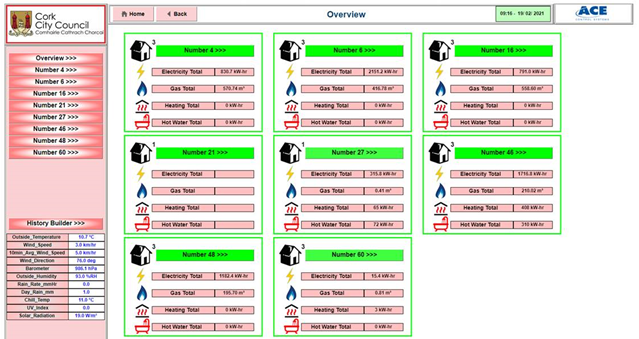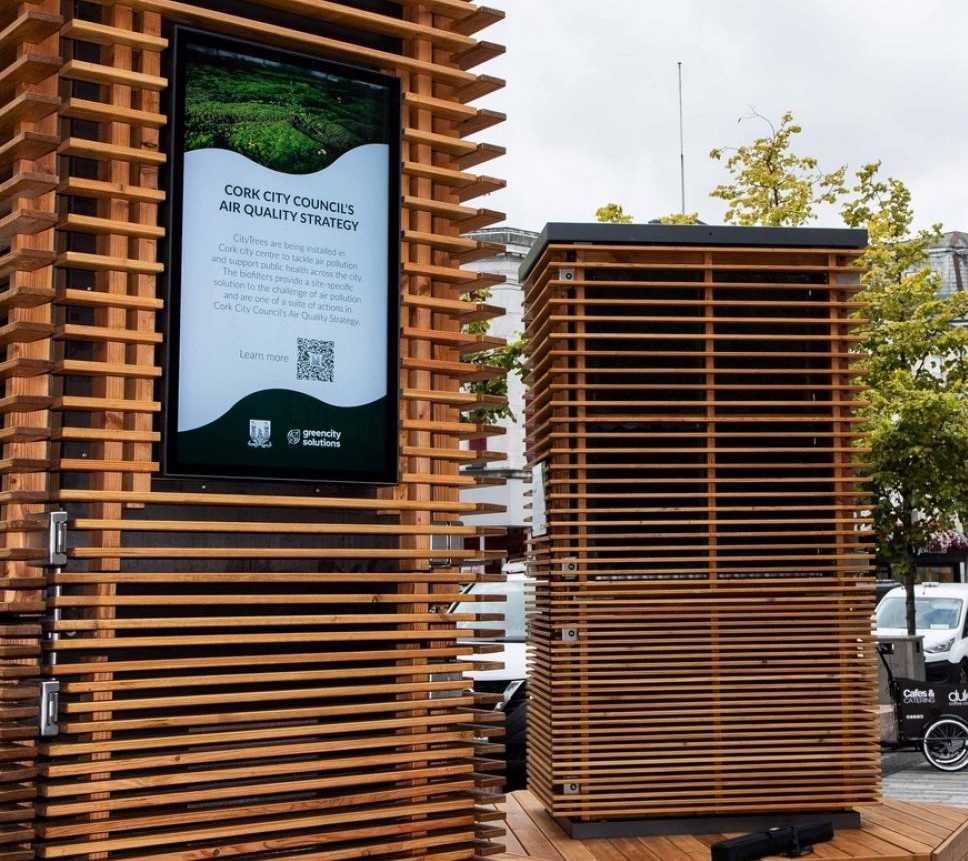Digital and online services and communications are impossible to enable without the infrastructure in place to make it fast and efficient. Limerick City and County council has developed a fibre network that acts as a high-speed, high-capacity communication backbone between various districts in Limerick City. It connects council offices, traffic controllers, variable messaging systems, public displays, public WiFi access points, CCTV, and other Internet of Things (IoT) devices like smart metres and sensors.
The project used existing city assets i.e. ducts, street cabinets to develop and expand the network as well as upgrading older analogue technology and installing a dedicated substructure for Wi-Fi and IoT pilots in key areas.
The impact is substantial. Works increased speed and reliability of city communications infrastructure and created opportunities for useful IoT devices like pedestrian counters, CCTV and traffic monitoring sensors. It enables cost sharing of communications so more devices and locations can connect up and reduces potential loss of information through improved backup capacity.
Thankfully, the only challenge was identifying and maintaining a register of city assets which required interviews with engineers, technicians and contractors to obtain and aggregate information. The Digital Strategy Department worked closely with other council departments including ICT, Traffic Management and Community Support Services to develop a proposal to other agencies for co-creating this network and sharing costs.
It is anticipated that this network will expand further as more streets are upgraded i.e. the main artery of O’Connell Street, and that governance and operational processes will be streamlined and improved in time.
The establishment and ongoing development of the Municipal Data Network demonstrates how to maximise the untapped potential of the city’s existing infrastructure assets in order to create new data communications capabilities for Limerick.




